NASA Rover Curiosity touches down on the Red Planet
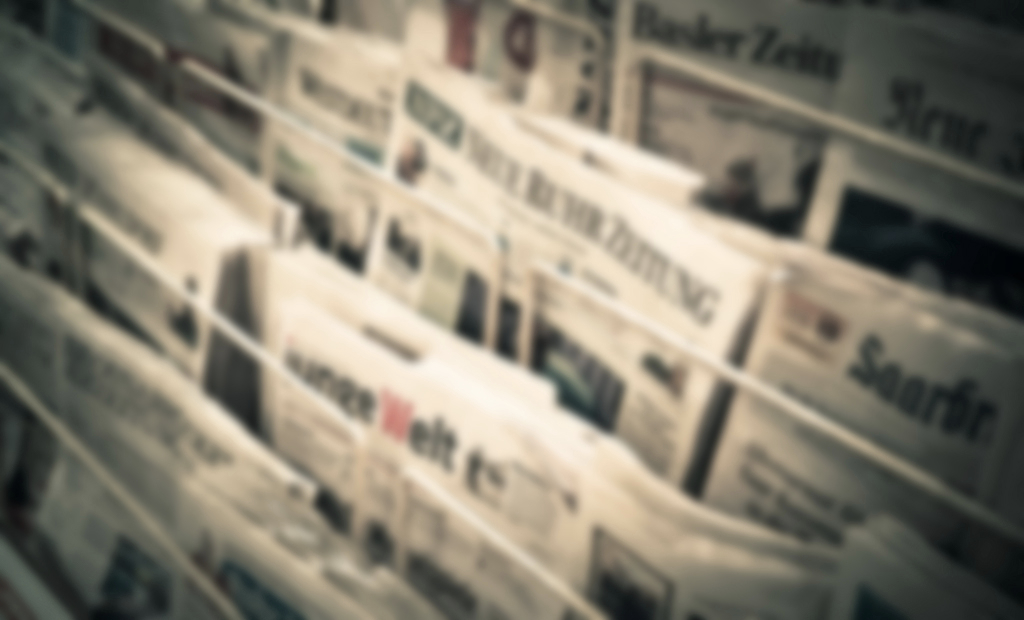
This morning it was announced that NASA’s Rover Curiosity had successfully landed on the surface of Mars.
The news of the Rover’s safe landing was met with scenes of jubilation and a roar of approval in the mission control room at the Jet Propulsion Laboratory in Pasadena, California. The mission control room was full of the engineers and scientists who have spent the last ten years working on the project, and there were reportedly tears of joy amongst those gathered to watch the landing.
The overwhelming joy was evidently shared by the Curiosity itself, which proudly proclaimed “I’m safely on the surface of Mars. GALE CRATER I AM IN YOU!!!” via Twitter.
After travelling 570million kilometres from Earth over the last nine months, Curiosity landed near the equator of the Red Planet after what NASA has described as “seven minutes of hell” – seven minutes of the Rover slowing down from an entry speed of 20,000km/h and travelling through the atmosphere of Mars to land upon the surface.
Following the landing, Curiosity began to return low-resolution images of the surface of Mars, detailing the wheels of the Rover and a bit of the horizon. NASA expects that colour images should be sent from the Rover within days.
The Mars Science Lab, or Curiosity as it also known, is a massive one-tonne automated robot the size of a Mini Cooper that NASA hopes will help determine if Mars had the capacity to support life. The mission is intended to last for one Martian year, two years on Earth.
The intended target of Curiosity is the Gale Crater, a massive crater 154km in diameter with a 5km-high mountain – Mount Sharp – resting in the centre of the crater. NASA has outfitted Curiosity with an incredibly sophisticated array of instruments to read and analyse rock samples on Mars, as well as two on-board laboratories.
Curiosity’s successful landing makes this the fourth NASA Rover to land on Mars, but Curiosity dwarfs them all in scale and sophistication; one of the instruments on Curiosity alone is four times the size of the very first Rover to land on Mars in 1997. The landing also marks the first time NASA has engaged in an astrobiology mission since the 70s-era Viking probes.
It is hoped that the $2.5billion mission – £1.6billion – will collect crucial data for an eventual manned mission to Mars.
Anthony Byrne



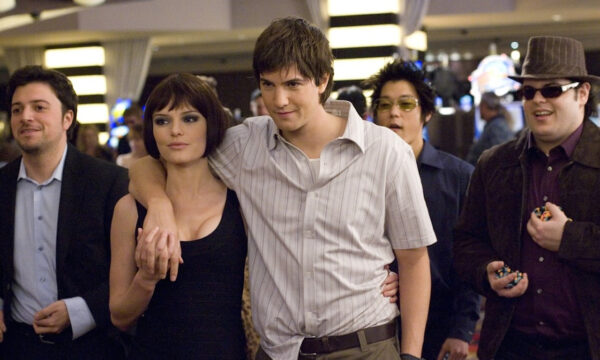
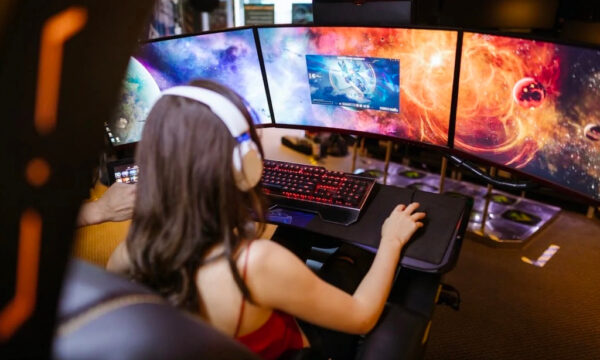
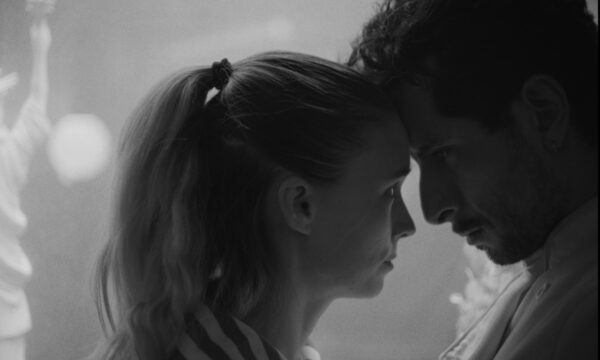
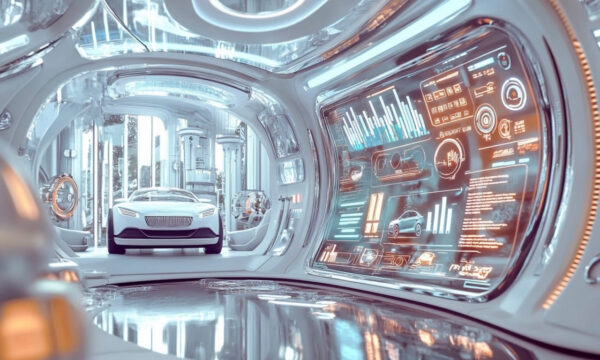















Facebook
Twitter
Instagram
YouTube
RSS